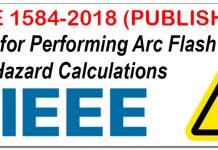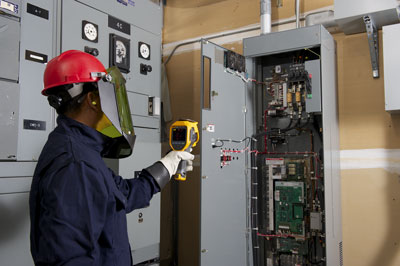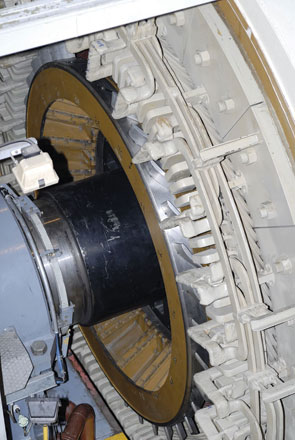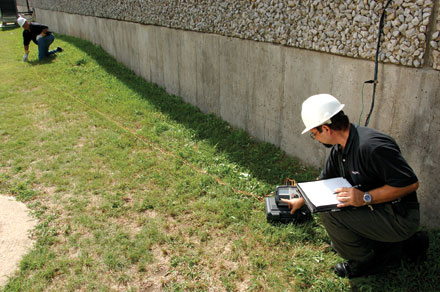A back to basics approach
BY DARRELL BROUSSARD, GE Industrial Solutions
An electric motor’s contribution is the current generated by a motor or motors during a short circuit condition. It represents a small but important value that is needed to determine the maximum short circuit current available, thereby establishing the short circuit rating of electrical equipment. Regardless of the size or voltage rating of a motor, it can be demonstrated that motor contribution is present during a fault.
During normal operation, a motor converts electrical energy into mechanical energy. Current flowing in the stator produces a rotating magnetic field with the poles facing toward the rotor. This rotating magnetic field induces a current into the rotor. A magnetic field with the poles facing out is produced in the rotor due to the stator-induced current. This causes the rotor (motor shaft) to rotate. As long as the stator
is supplied to a stable voltage supply, the motor shaft will continue to rotate.
During a short circuit condition, the system voltage will decay and a stable voltage supply will no longer exist. The rotating magnetic field in the rotor will attempt to support the reduced voltage condition by becoming a power source. The motor is now providing additional current into the faulted electrical system. This phenomena
is called motor contribution. Read our expanded digital magazine for more information on short circuit motor contribution.






















